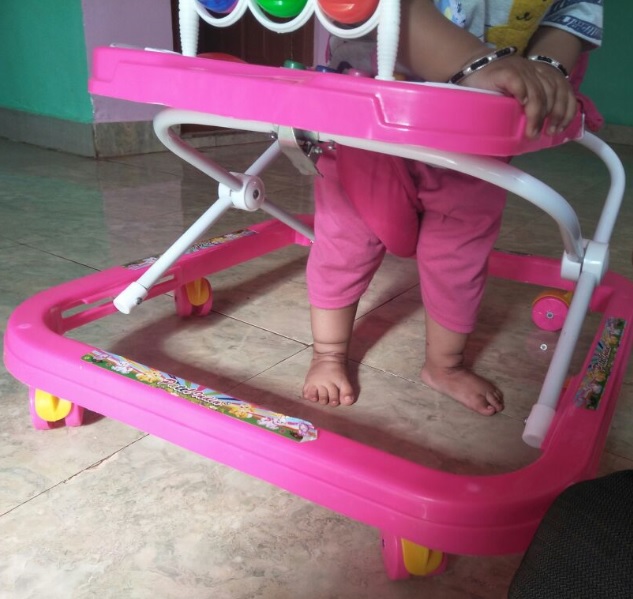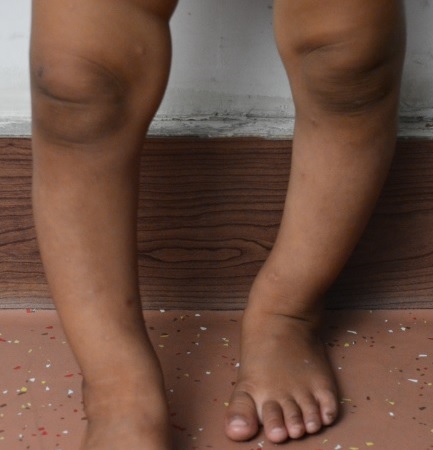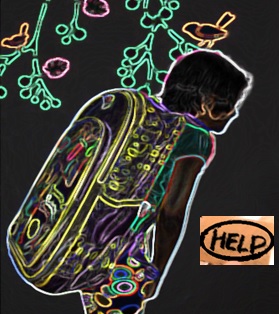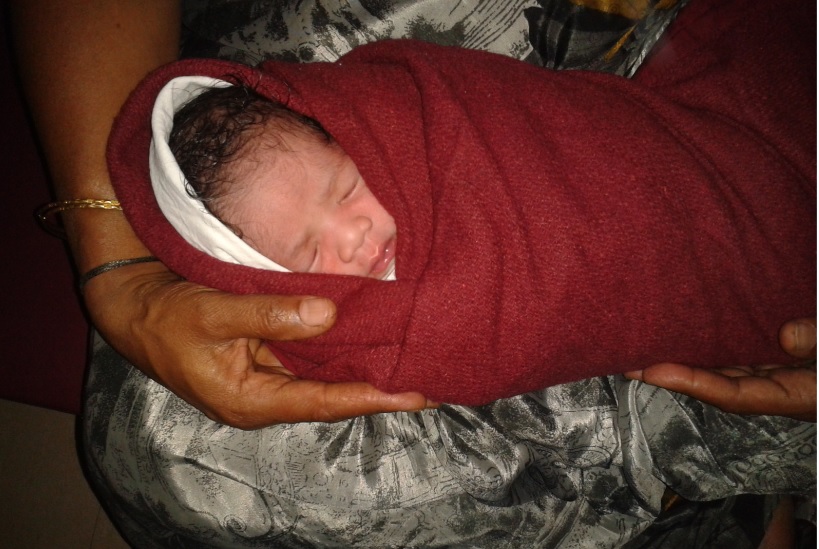Baby walkers or infant walkers consist of a wheeled base supporting a rigid frame that holds a fabric seat with legs opening and usually a plastic tray. These devices are designed to assist the babies, with feet on the floor and to allow mobility while they are learning to walk. Baby walkers are commonly used between 5 and 15 months of age.
Various reasons for using baby walkers are – to keep the infant quiet and happy, to encourage mobility and promote walking, to provide exercise, to hold the infant during feeding and walkers would keep their infant safe.
Common types of baby walker related injuries –
- Trip and fall over
- Roll down stairs
- Get into dangerous places, which are otherwise difficult to reach
- Child in a baby walker can move more than 3 feet in 1 second, so walkers are never safe, even with an adult close by.
Baby walker may cause delay in motor development –
Baby walkers are not only unsafe but may also slow the motor development. This is because walkers give an infant the sensation of walking on their own. And thereby, baby walkers eliminate the desire to crawl or to walk. So baby walkers are not a boon to the child’s development.
Recommendations –
American Academy of Paediatric recommends a ban on the manufacture and sale of mobile baby walkers.
Don’t use a baby walker for your baby and don’t allow other care givers to use baby walkers.
Efforts should be made, through media campaigns, warning labels to educate parent about the hazards and lack of benefits of baby walkers.
Safest walker is one without wheels, stationary activity centers should be promoted as a safer alternative to mobile baby walkers.
Conclusion –
Baby walkers are not safe and not a boon to the development of child. One way to keep baby safe and help in baby’s development is to throw away your baby walker.




